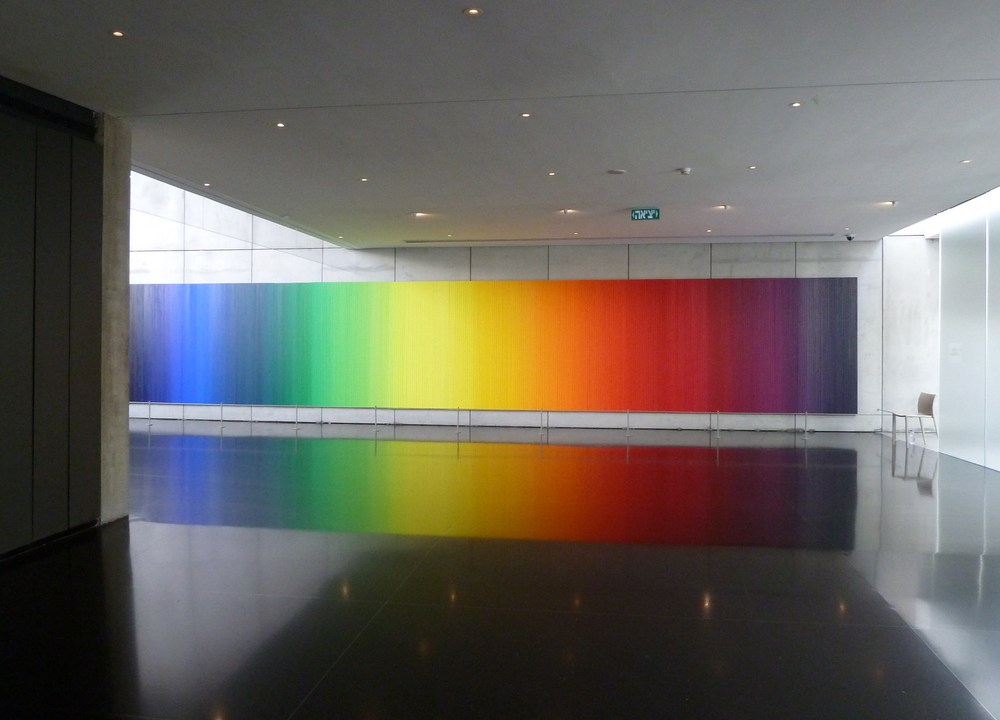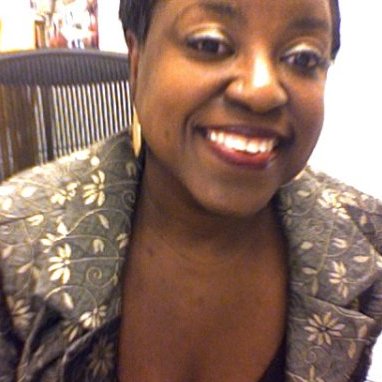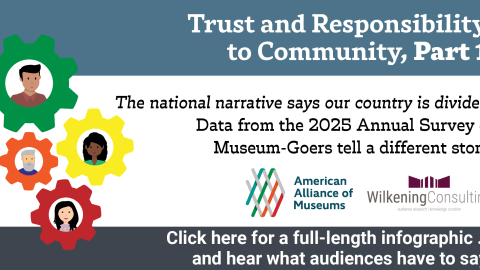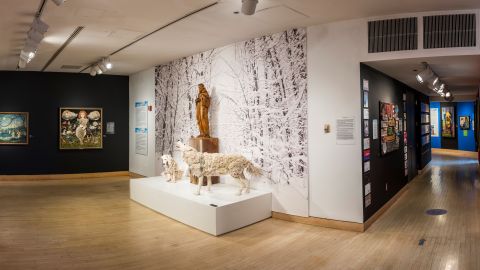
At the conclusion of a long and productive workshop about inclusion, a museum employee asked:
”How will we know when we have reached our goal of being fully inclusive?”
It was a great question, but I’m not sure anyone liked the answer.
Everyone likes to know that their programs are measurable, and that they’re progressing towards a satisfactory completion.
”We won’t,” I answered.
I wasn’t trying to be a smart alec. I really wasn’t. I was serious.
”No, seriously! When?”
”Never.” I replied. “We will never be fully inclusive, and never be able to measure that on anyone else‘s behalf.” I smiled.
I went on to say that inclusiveness isn’t something we can just prepare an extended checklist to measure—something standard across all museums—and then, having checked everything off the list, we’re suddenly inclusive!
No: the whole point of being inclusive is that it is other-centered. It’s visitor-centered, and not all visitors will return to complete an evaluation of how and why we were inclusive. Potential visitors might not be able to put their fingers on it, but they may or may not be more likely to visit based on your increased marketing efforts or a changed approach.
Inclusion isn’t about you; it’s about them. And there are so many kinds of people and museum visitors and truth seekers in the world that we many never 100 percent adequately serve one, much less all.
The point of inclusion—from the standpoint of becoming increasingly culturally responsive, responsible, aware, and competent—is to do less harm than we and others have done in the past—ultimately to do no harm.
When we forget to use a colleague‘s preferred pronoun one day, make sure to remember the next day.
When we ignore a perfectly sound resume because the applicant attended a community college instead of an Ivy League university, confront your bias and do better next time.
When you see that you have the habit of not calling on the women in your senior leadership meetings to speak, notice and course correct immediately.
Inclusion starts with self-reflection, with introspection…and it never ends. It will not end until every staff member has the same practice of self-reflection and commitment, so that at each level of museum employment and cultural life the staff are engaged in deep and meaningful transformation. As the staff practices on themselves and on others, your museum will have an improved cultural story and reputation.
The decisions about whom to partner with during Black History Month or how to create gender-neutral restrooms will no longer be internal political fights or based on excuses, such as a lack of resources or not knowing the right people. We will lose our fears and will commit to doing the right thing because we will be focused on empathy.
There are so many ways our museum workspaces, classrooms, boards rooms, galleries, rental spaces, shops, restaurants, and common areas could be more focused on inclusion.
To name a few: inclusive language, respectful communication, nurturing, promoting, and listening to diverse employees; having true dialogues between the always-heard and the seldom-heard; focus groups with the community; curating works that are collaborative, tolerant of various styles of artistic expression and art makers; integrating other languages (including Braille and ASL!) even where ASL is not regulated.
Every step, no matter how small, counts. We may feel overwhelmed at first, but there’s no excuse not to try.
[This post originally appeared on the author’s blog, Museum Musings, where she writes about diversity, equity, accessibility, and inclusion in museums.]








